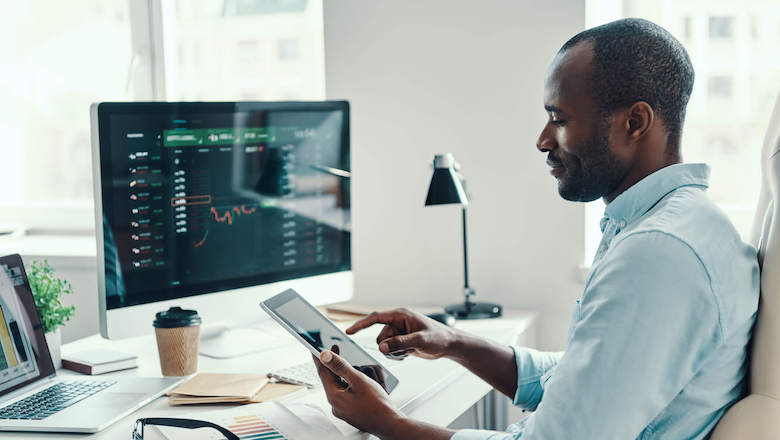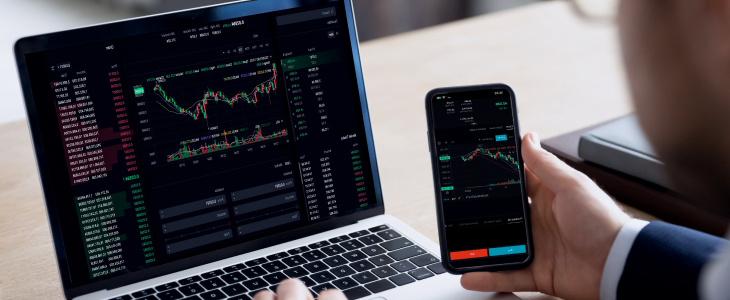How to Start Forex Trading A Comprehensive Guide for Beginners 1945515391

How to Start Forex Trading: A Comprehensive Guide for Beginners
Forex trading, or foreign exchange trading, has become increasingly accessible and attractive to many individuals seeking to make a profit in the financial markets. With the right knowledge and tools, anyone can embark on a journey in Forex trading. In this article, we will explore the steps you need to take to start trading Forex successfully and the key factors to consider. For international traders, finding the right broker is crucial, and you can start by looking at how to start forex trading Forex Brokers in Argentina.
Understanding Forex Trading
The Forex market is the largest financial market in the world, with a daily turnover exceeding $6 trillion. It involves trading currencies against one another, with the aim of making a profit from the fluctuations in exchange rates. Forex trading can seem intimidating at first, but by understanding its fundamental concepts, you can start to navigate the market with confidence.
Key Terminology
Before you dive in, familiarize yourself with some key terms used in Forex trading:
- Currency Pair: Forex trading involves pairs of currencies. The first currency listed is the base currency, and the second is the quote currency (e.g., EUR/USD).
- Pips: A pip is the smallest price movement in a currency pair, typically measured in the fourth decimal place.
- Leverage: Leverage allows you to control a larger position with a smaller amount of capital. It can amplify both profits and losses.
- Lot Size: This refers to the size of your trade. The standard lot size is 100,000 units of the base currency.
Steps to Start Forex Trading
1. Educate Yourself
The first step in your Forex trading journey is education. Take the time to learn about how the market works, including various trading strategies, technical analysis, and fundamental analysis. There are numerous online resources, courses, and books available to help you build your knowledge.
2. Choose a Reliable Forex Broker
Selecting a reputable Forex broker is vital. Ensure that the broker is regulated by a credible authority and offers a trading platform that suits your needs. Consider factors such as spreads, commissions, trading tools, customer service, and educational resources when making your choice.
3. Open a Trading Account
After choosing a broker, you’ll need to open a trading account. Brokers usually offer various types of accounts, such as demo accounts for practice and live accounts for actual trading. A demo account lets you trade with virtual money, allowing you to hone your skills without financial risk.
4. Develop a Trading Plan

A well-defined trading plan outlines your trading goals, risk tolerance, and strategies. Your plan should include guidelines on when to enter and exit trades, as well as how much capital you are willing to risk. Sticking to a trading plan can help mitigate emotional decision-making.
5. Start with a Demo Account
Before risking real money, practice your strategies on a demo account. This will give you a feel for the market and help you build confidence in your trading abilities. Take the time to experiment with different strategies and learn from your mistakes in a risk-free environment.
6. Analyze the Market
Successful Forex trading requires thorough market analysis. There are two main types of analysis:
- Fundamental Analysis: This involves evaluating economic indicators that can affect currency value, such as interest rates, employment data, and geopolitical events.
- Technical Analysis: This focuses on analyzing historical price movements using charts and indicators to predict future price movements.
7. Start Trading with Real Money
Once you feel confident in your trading abilities, you can transition to trading with real money. Start with a small amount that you can afford to lose and gradually scale up as you gain experience. Always be mindful of risk management and ensure that you do not risk more than a small percentage of your account on any single trade.
8. Monitor Your Trades and Keep Learning
After entering the market, continuously monitor your trades and the overall market conditions. Keep a trading journal where you can record your trades, analysis, and outcomes. This practice will help you identify areas for improvement and refine your trading strategies over time. Forex is a dynamic market, and there’s always something new to learn.
Risk Management and Discipline
Risk management is an essential aspect of Forex trading. Proper risk management techniques can significantly help you protect your capital. Here are some best practices:
- Use Stop-Loss Orders: A stop-loss order automatically closes your trade at a predetermined price, limiting your losses.
- Set Realistic Goals: Instead of aiming for high returns overnight, set realistic goals and be prepared for gradual growth.
- Keep Emotions in Check: Emotional trading can lead to poor decisions. Stick to your trading plan and know when to walk away from a losing trade.
Conclusion
Starting Forex trading can be a rewarding venture if approached with the right mindset, education, and tools. By following the steps outlined in this article, you’ll lay a solid foundation for your trading journey. Remember that successful trading requires patience, persistence, and continual learning. With time and effort, you can develop into a proficient Forex trader and potentially achieve your financial goals.
Make the most of the resources available to you, and don’t rush the learning process. The Forex market is full of opportunities, and being well-prepared can be the key to unlocking your potential as a trader.